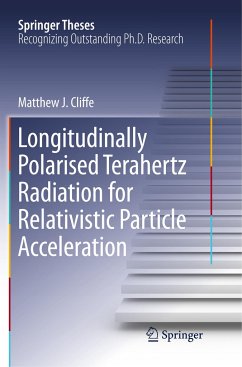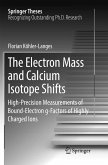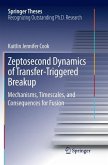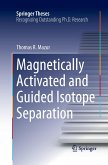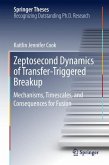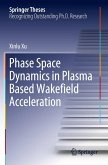This book elaborates on the acceleration of charged particles with ultrafast terahertz electromagnetic radiation. It paves the way for new, and improves many aspects of current, accelerator applications. These include providing shorter electron bunches for ultrafast time-resolved pump-probe spectroscopy, enabling complex longitudinal profiles to be imparted onto charged particle bunches and significantly improving the ability to synchronise an accelerator to an external laser.
The author has developed new sources of terahertz radiation with attractive properties for accelerator-based applications. These include a radially biased large-area photoconductive antenna (PCA) that provided the largest longitudinally polarised terahertz electric field component ever measured from a PCA. This radially biased PCA was used in conjunction with an energy recovery linear accelerator for electron acceleration experiments at the Daresbury Laboratory. To achieve even higher longitudinally polarised terahertz electric field strengths, and to be able to temporally tune the terahertz radiation, the author investigated generation within non-linear optical crystals. He developed a novel generation scheme employing a matched pair of polarity inverted magnesium-oxide doped stoichiometric lithium niobate crystals, which made it possible to generate longitudinally polarised single-cycle terahertz radiation with an electric field amplitude an order of magnitude larger than existing sources.
The author has developed new sources of terahertz radiation with attractive properties for accelerator-based applications. These include a radially biased large-area photoconductive antenna (PCA) that provided the largest longitudinally polarised terahertz electric field component ever measured from a PCA. This radially biased PCA was used in conjunction with an energy recovery linear accelerator for electron acceleration experiments at the Daresbury Laboratory. To achieve even higher longitudinally polarised terahertz electric field strengths, and to be able to temporally tune the terahertz radiation, the author investigated generation within non-linear optical crystals. He developed a novel generation scheme employing a matched pair of polarity inverted magnesium-oxide doped stoichiometric lithium niobate crystals, which made it possible to generate longitudinally polarised single-cycle terahertz radiation with an electric field amplitude an order of magnitude larger than existing sources.

